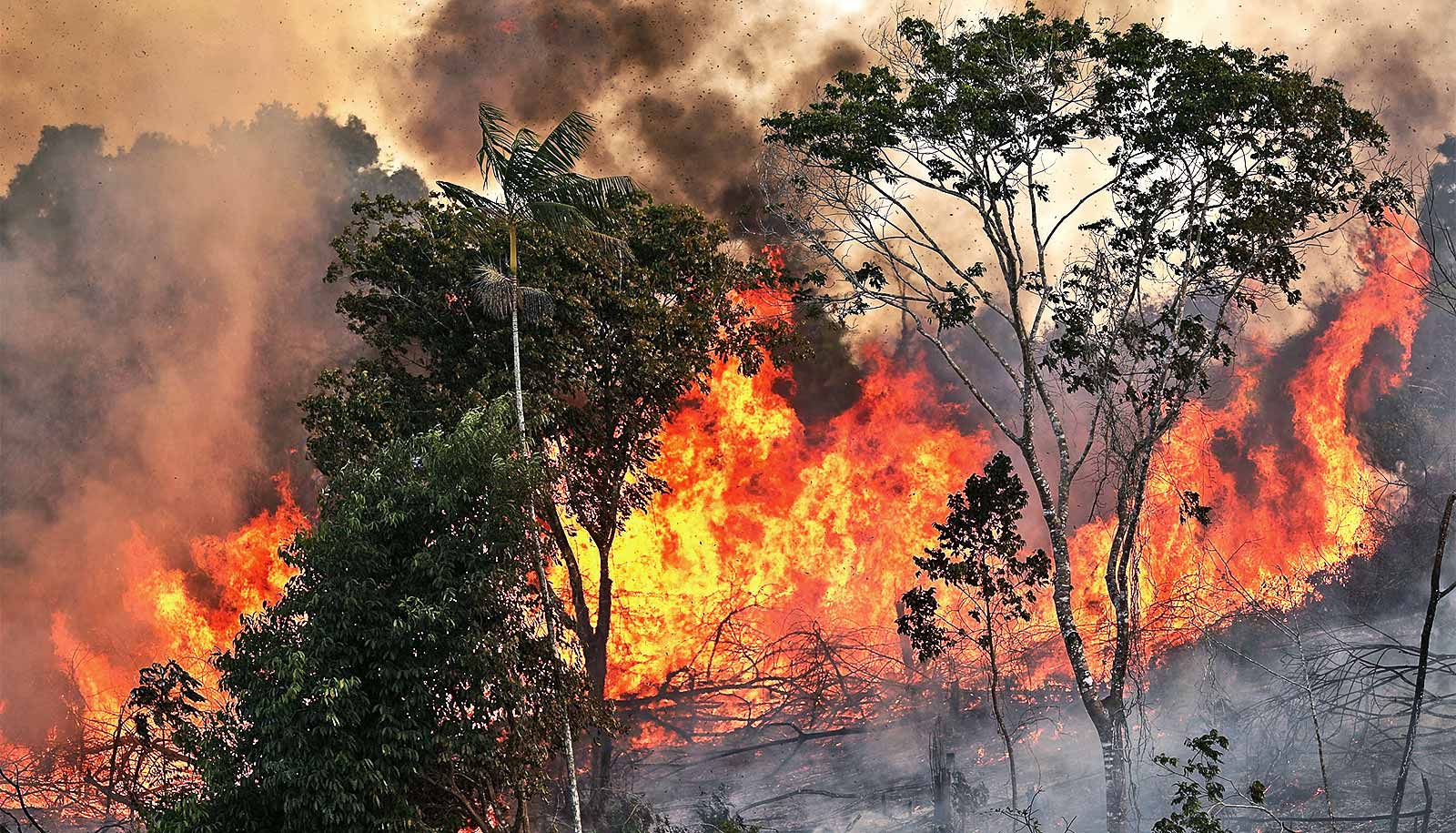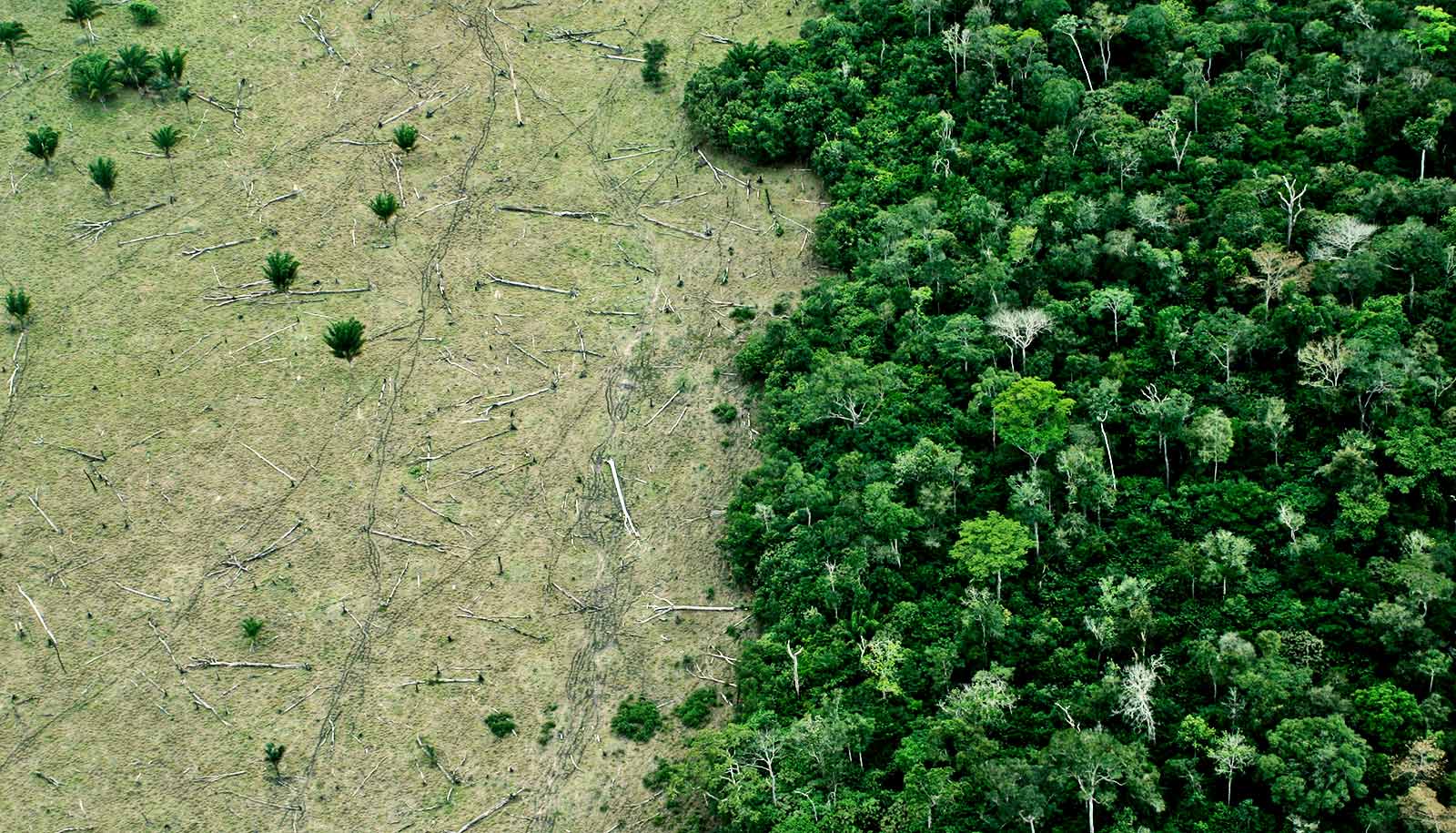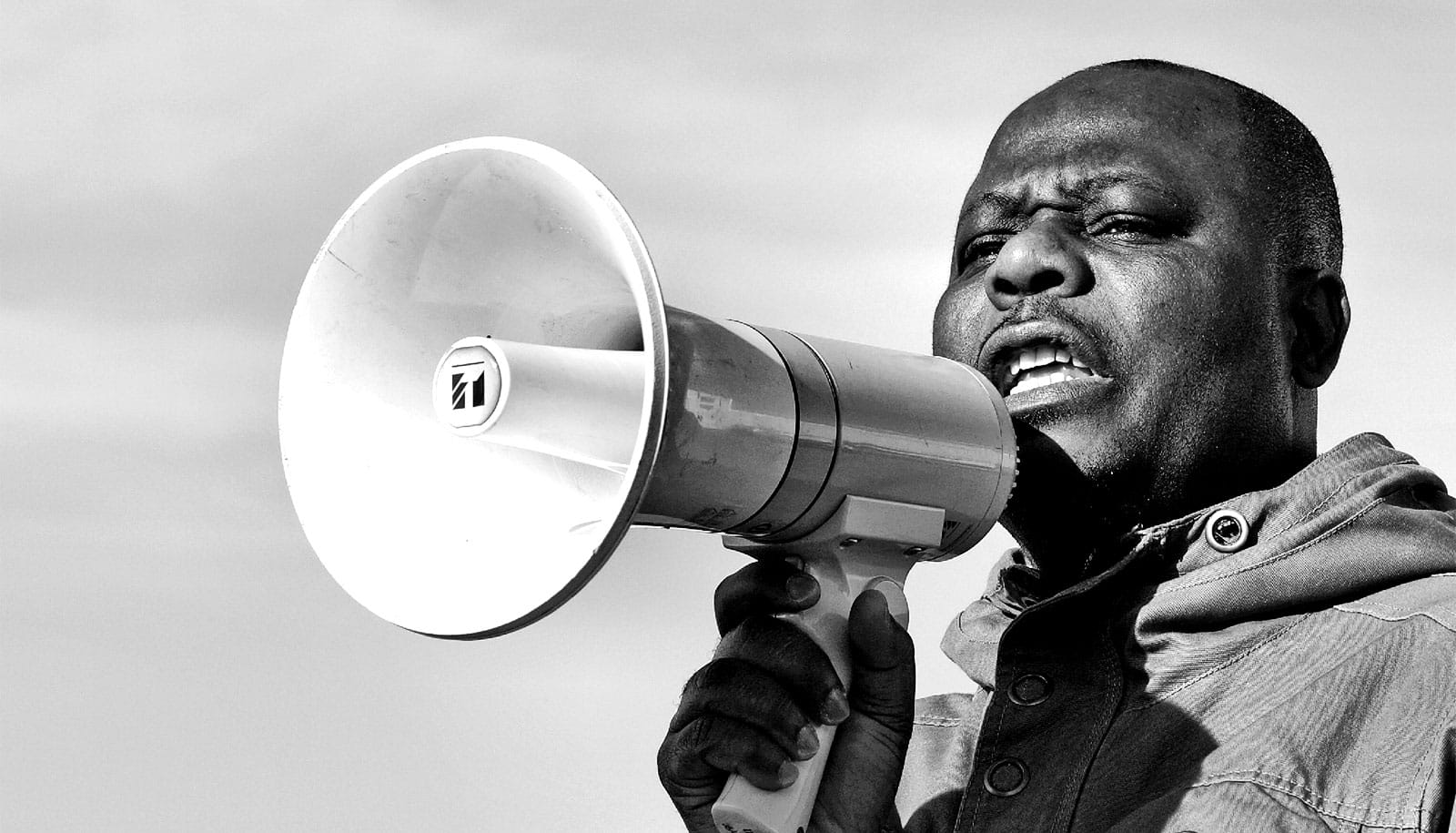Fires in the Amazon and throughout South America have raged for weeks, but capturing the true scale will require cooperation between scientists, indigenous people, and reporters on the ground, an expert says.
The fires have sparked dire predictions about climate change, criticism of the Brazilian government over increased deforestation, and a viral moment of social media grief coalescing around the hashtag #PrayforAmazonia.
These are far from the first fires in the region, but they’re occurring with record frequency. Brazil’s National Institute for Space Research reported in mid-September that the some 100,000 wildfires in the country so far in 2019 mark a 45% increase over the same time period last year. Similar fires in Indonesia, many of which were deliberately set to make room for palm plantations, have also raised concerns.
This development has global consequences. For example, the Amazon forests contain 10 to 20% of the carbon in all of Earth’s ecosystems. Having those stores rise to the atmosphere in the form of CO2 could dangerously accelerate global warming, scientists say.
Many news accounts have offered scientific perspectives that put the burning Amazon—and its impact on climate change—in context, but, given the scale and complexity of the issue, it can be hard to know which interpretations to trust.
Here, Matthew Hayek, an assistant professor in the environmental studies department at New York University, talks about the most reliable methods for assessing the scale and significance of the fires:
The fires in the Amazon forests have received extensive news attention over the past month. Has the reporting on them been accurate?
Some recent accounts have implied that the fires are “business-as-usual,” stating they are merely happening on agricultural land. Others have downplayed concerns of rampant deforestation by pointing out that most of the fires are happening at the edges, where farmland exists, and not in the vast interior of the forest.
However, these explanations may dangerously underestimate how severe this year’s deforestation might be. Many of the fires in the region are indeed intentionally set on farmland. Fires can clear tangled brush, turn last season’s corn stalks to ash, and even dispose of old tires and cow carcasses. But other fires, also intentionally set, are burning down intact forests. This type of deforestation occurs to make room for animal feed needed for meat production.
How are scientists evaluating the fires—and what challenges do they face?
All of the fires together, whether on agricultural land or neighboring forests, can be detected using satellites. But for scientists using this satellite data, distinguishing farmland from forest burning is tricky business—and can result in the misinterpretations we’re hearing.
The high-resolution satellite data has known errors, and preliminary analyses need to carefully control and correct for these errors. Satellite detection needs to be corroborated by costly or sophisticated methods, including supplemental machine learning algorithms or on-the-ground surveys that validate the satellite signals. All of this validation takes time.
The fact that the current fires are mostly happening along the forest edge where farmland is located is immaterial. Amazon deforestation historically occurs along its edges, causing the Amazon to shrink inward over time. The challenge lies in distinguishing the small fractions of intact forest at the Amazon’s edge from the closely neighboring farmland—distinctions that are challenging to make from hundreds of miles above the Earth.
So what other detection methods might help with accuracy?
While scientists work to validate their deforestation monitoring, the public should be listening to the perspectives of indigenous peoples and other on-the-ground reporters—those who can convey information that satellites miss. First-hand accounts can also provide scientists with valuable information, leading to more in-depth investigation. This is, of course, how science often works best—through collaboration across different forms of knowledge.
Indeed, deforestation in the region has been slowing down over the past decade, thanks to better regulation following much higher rates in the 1990s and early 2000s. It’s critical to make sure that rates go down to zero, but it appears that the region is, in fact, reversing some of its progress.
Where does this issue fit into the greater climate change conversation?
The changes occurring to the environment, in the Amazon and elsewhere, can be scary in this age of global warming and repealed enforcement. We need to stay focused on what has worked in the recent past and where we can ramp up the pressure for near-future protection, while simultaneously benefiting people who rely on forests and farmland for their livelihoods. This begins by having a firm scientific understanding of what we are facing.
Source: NYU



